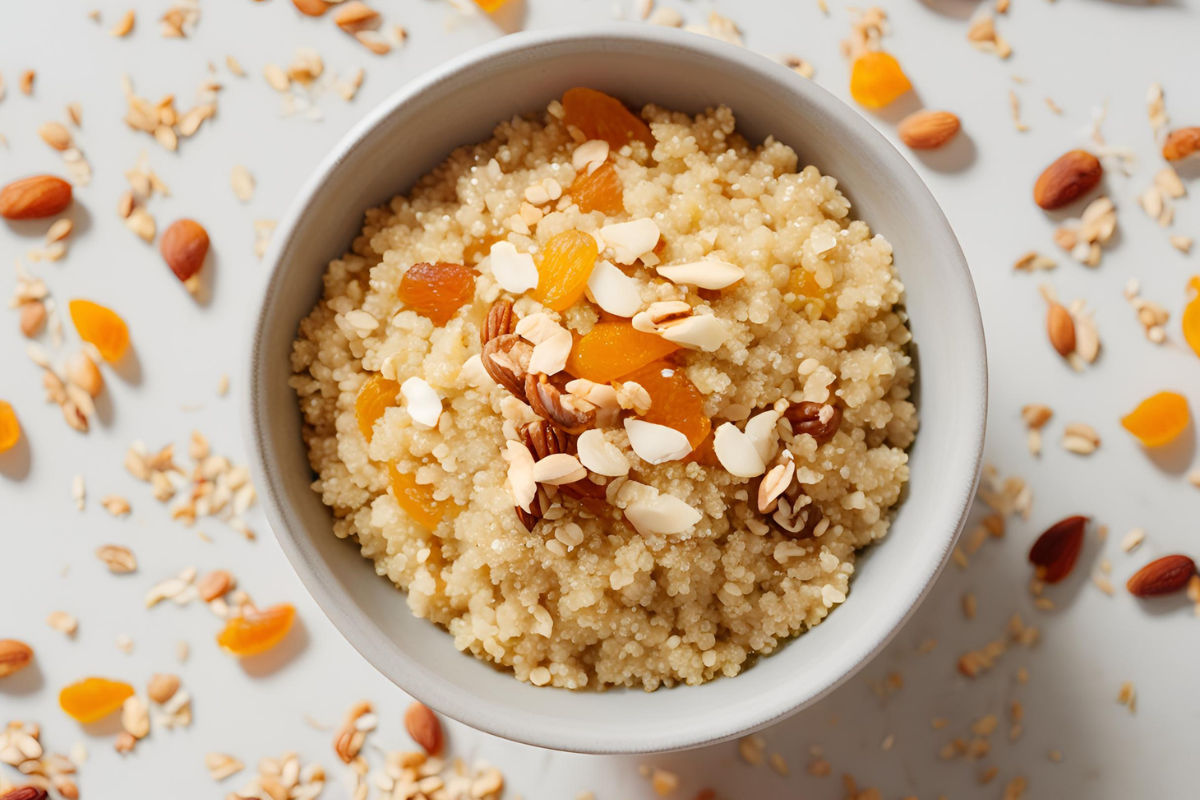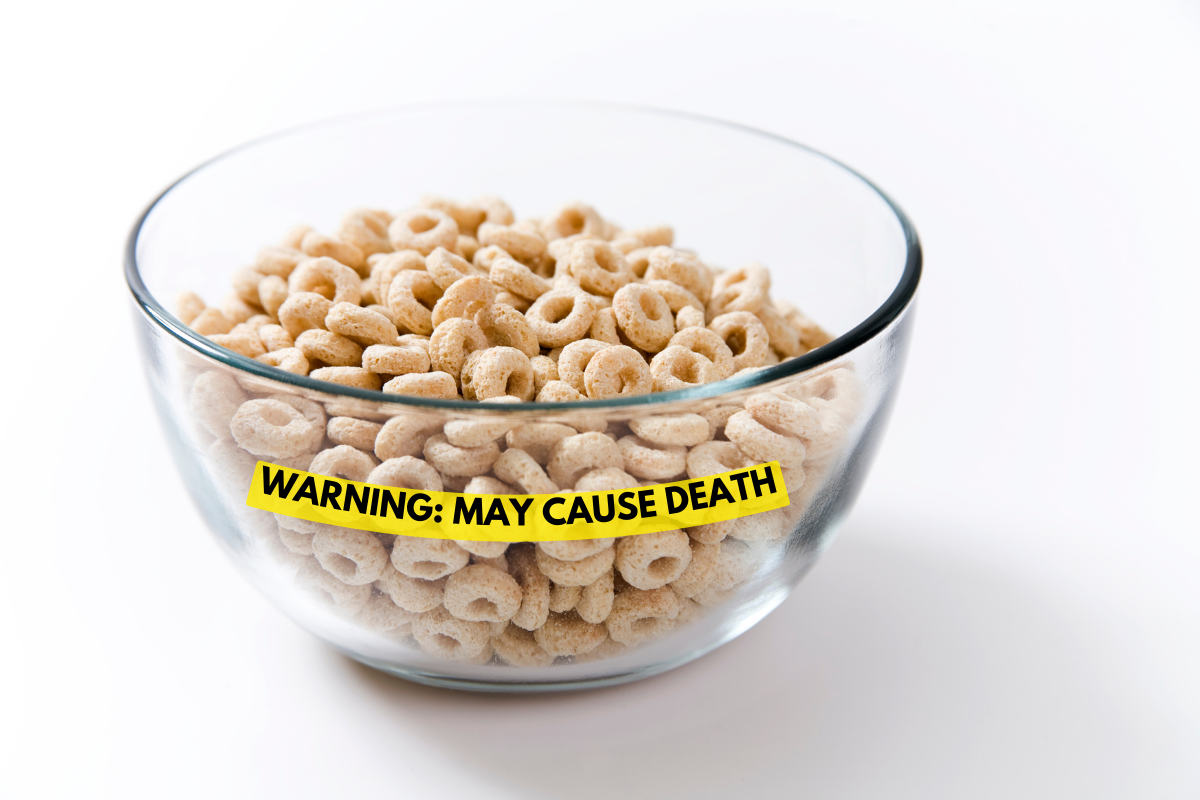
A brand-new calendar year has started, and you know what that means? It’s resolution season, Mama! But if you’re planning to set one, stop. Put your vision board down and listen up: Resolutions don’t work. Not for you, not for anyone. Why? Because they’re usually too strict, too vague, too unrealistic, or too [insert word that makes something hard to obtain or achieve here]. But if resolutions are so difficult to reach, why does anyone bother to set one?
Resolutions Are Set with Good Intentions
“I’m going to exercise every day this year.”
“I’m going to eat more vegetables.”
“I’m going to stop spending money on silly things, like Starbucks.” (Editor’s Note: Mama Love staffers do not think Starbucks is silly. We take coffee very seriously around here.)
The most popular resolutions Americans make—exercise more, save money, eat more healthily (1)—are admirable. They encourage behavior changes that would have a positive impact on your life. But too many resolution-setters forget to make an actionable plan for achieving that lasting change. And that’s why most resolutions don’t see the light of February. (“Ditch Your Resolutions” Day is January 17, according to a number of media sites; 2, 3.)
Instead of Resolutions, Set Goals & Make Plans
Goals are more empowering than resolutions, because they tend to be achievable. “Resolutions are often all or nothing, and when you slip up that’s it—you’ve failed,” says Nadia Murdock, a certified fitness instructor and mindset coach in Bergen County, NJ. That’s why she encourages her clients to set goals and create step-by-step plans to reach them. “With a clear path to your goal, it’s easier to forgive yourself if you have a setback,” says Murdock. “You’re able to review all the progress you’ve made, see how far you’ve come, and let that perspective motivate you forward again.”
Want to ditch your resolutions early and set a goal for the new year, instead? Use the SMART framework!
How to Set a SMART Goal You Won’t Quit
SMART is an acronym that stands for specific, measurable, achievable, realistic, and timely. SMART goals were originally created for a bunch of corporate bosses who wanted to track and improve their employees’ bottom lines (4, 5). As it turns out, the SMART structure works really well for lifestyles goals, too—which can ultimately improve your bottom line. (Ooof—that’s a Dad joke, if we’ve ever heard one. Sorry, Mama.)
Let’s break it down:
- Specific – the goal is clear, well-defined, not vague or ambiguous
- Measurable – there are concrete measurements or milestones to show progress toward the goal
- Achievable (or Actionable) – action can be taken to reach the goal
- Realistic – the goal is possible to achieve and relevant to your life
- Timely – there is a target start and end for the goal
Wondering if your goal is SMART or not. Here are some good examples:
- “I’m planning to breastfeed or pump until Junior is 12 months old.” — Now that’s a great goal! If you’re able to lactate, this is specific and realistic. There’s a clear end, and plenty of action.
- “This year I’m going to work out for at least 30 minutes five times a week.” — Nice! Measurable, actionable, and realistic. Plus, it leaves room for flexibility.
- “I’m cleaning up my diet by eating vegan three days a week and opting for fresh, unprocessed foods whenever I can.” — The last part’s a bit vague, but the rest feels specific, measurable, actionable, realistic, and time-bound—sweet!
And two not-quite-SMART examples:
- ”I’m going to lose weight in 2021.” — Hmmm. This one’s not specific enough to be actionable, and because it’s open-ended, it’s hard to measure.
- ”I’m not eating anymore junk!” — Eh. This might be a popular resolution, but it’s not exactly a SMART goal.
Pro tip: “It’s OK to have a big goal that you work up to—just make sure your short-term goals are realistic, and make sure that big goal is meaningful, well-defined, and excites you!” says Murdock.
Planning Makes Your Goal Achievable
Once your goals are set, it’s time to create a plan—that’s where Actionable and Realistic really shine.
If your goal is to sweat every day, put your workouts on the calendar and make a real effort not to schedule anything over them. “Find workouts and activities that make you feel alive and put a smile on your face,” says Murdock, noting that you’re more likely to stick with something that you actually enjoy.
If your goal is to eat healthy, homemade dinners, make a weekly meal plan and hit the grocery store for all the ingredients you’ll need. “Come up with new and exciting recipes that are flavorful and tasty, so you look forward to cooking and eating your meals,” she says.
Now that you’ve ditched your New Year’s resolutions, set your SMART goals, and made a plan, the only thing left for you to do is wriggle into that sports bra and dust off your cookbooks, Mama. Goal get ‘em!
Sources:
- Ballard J. “Exercising More and Saving Money Are the Most Popular 2020 New Year’s Resolutions.” YouGov: https://today.yougov.com/topics/lifestyle/articles-reports/2020/01/02/new-years-resolutions-2020-health-finance.
- Gulino, E. “Today’s The Official Day To Ditch Your Stupid Resolutions.” Refinery 29: https://www.refinery29.com/en-us/2020/01/9220491/ditch-resolutions-day-2020.
- “How to celebrate Ditch Your New Year’s Resolution Day with self-care.” ABC 7: https://abc7ny.com/health/friday-is-ditch-your-new-years-resolution-day/5858804/.
- “SMART Criteria.” Wikipedia: https://en.wikipedia.org/wiki/SMART_criteria.
- Doran, G. T. (1981). “There’s a S.M.A.R.T. way to write management’s goals and objectives”. Management Review. 70(11): 35–36.












